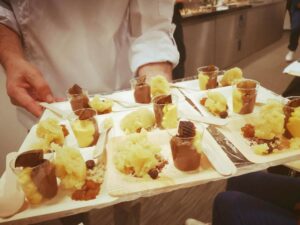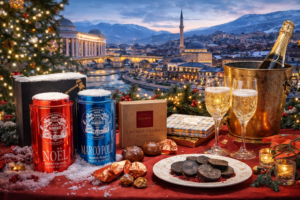Let’s Taste Ecuador, with the main ingredients from the Ecuadorian Cuisine, introduced in Paris!
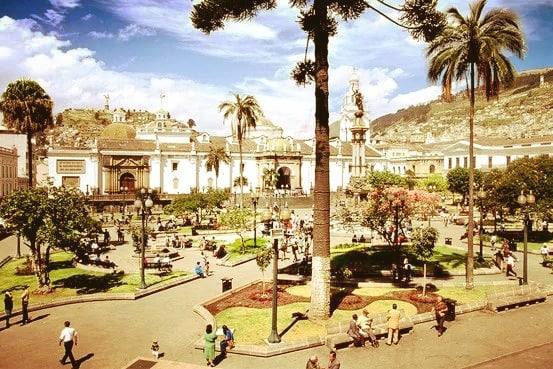
©
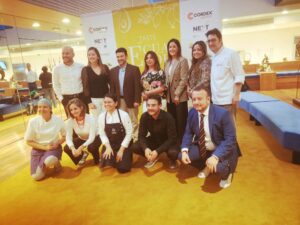
What would you say about tasting Ecuadorian cuisine? Let’s stimulate your palate with a gastronomic journey into South America, reflecting a real geographic and cultural diversity. Directly situated on the equatorial line, the Ecuador country offers a variety of fresh local but also a fusion of indigenous products, full of Spanish and African influences that make this cuisine one of a kind.
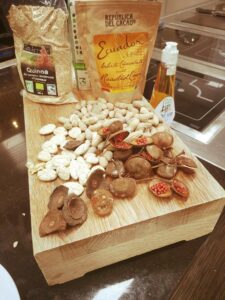
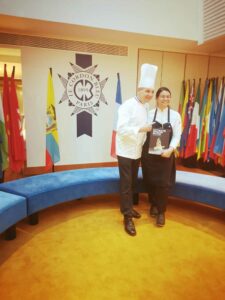
Thus, Ecuadorian cuisine is a true sensory exploration that would allow you to explore the country‘s rich traditions and diversity. Whether you sample the cuisine of the Atlantic Coast, the Sierra or the Amazon zone, you can be sure that Ecuador offers a feast of unique flavors worth discovering. Then, let yourself be carried away on an unforgettable culinary journey through the delights of Ecuador (photo credits: AL).
A good occasion to discover the key ingredients of Ecuadorian cuisine that includes staples, such as potatoes, corn kernels, beans, rice, plantains and quinoa.

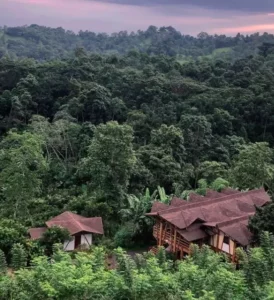
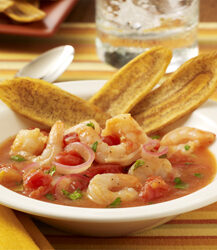
Adding to this, seafood is also abundant on the Ecuadorian coast, providing a solid foundation for delicious seafood preparations. A series of ancestral ingredients, that compose most of the national dishes, such as the traditional ceviche (photo credits: Earth Journalism Network).
This popular coastal specialty in Ecuador displays some raw fish or seafood which are marinated in a bowl, full of lime juice, red onion, chili pepper and coriander, but also served with crispy corn chips.
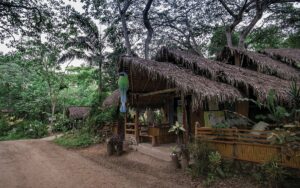
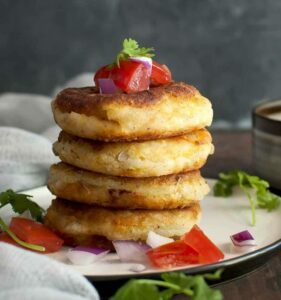
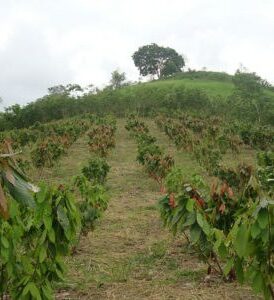
Apart from this, why not getting tempted by llapingachos? Those potato pancakes are stuffed with cheese and onions, before being fried and often served with sausage, egg and lettuce.
Without forgetting the Seco de Pollo, which is a sort of chicken stew that is prepared with beer, coriander, onion, beans and usually accompanied by rice. By the way, most of those ingredients were extracted in the Manabi region, where stand a huge base of natural agriculture.

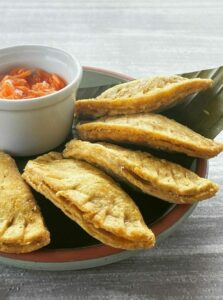
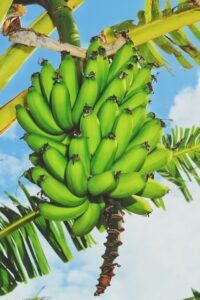
Apart from this, plantains as well play a central role in Ecuadorian cuisine, since they are often used to prepare dishes, like bolón (full of fried plantain stuffed with cheese), the beautiful empanadas de verde (made from plantain turnovers), and the unmissable patacón (flattened and fried plantain).
In the fishing side, the next bollo dish, mainly mixed with various varieties of fishes, but you could also cook it with shrimps, which are highlighted with sofrito sauce, as a compote of tomatoes and green peppers, completed with a preparation of roasted peanuts, corn and plantain.
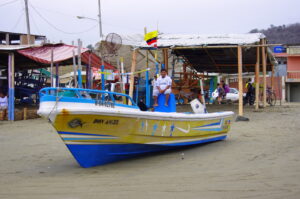
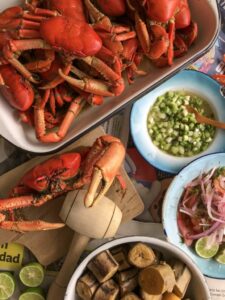

Unless you opt for encebollado, a fish soup composed of tuna, onions, tomatoes and coriander, that is often considered as an effective hangover cure. Perfect to immerse yourself into this cultural Ecuadorian influence, which is cuisine is a mosaic of indigenous Spanish and African cultures.
Therefore, the Spanish influence is evident, notably in the use of rice and vegetables, while indigenous traditions are reflected in the use of corn, potatoes and aromatic herbs. In terms of Afro-Ecuadorian dishes, such as caldillo de cangrejo (crab soup), they add a unique dimension to Ecuadorian gastronomy.
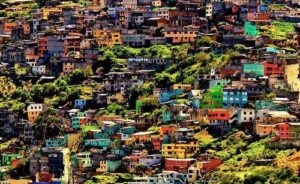
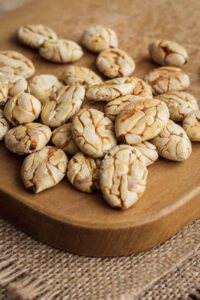
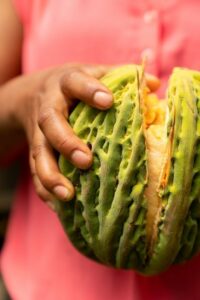
On top of that, Ecuadorian desserts are a real temptation for sweet sensations lovers, if we include dulce de higos (starring candied figs), the famous tres leches (as a cake that is soaked in three types of milks), and even quimbolitos (sweet corn cakes) are among the most popular ones.
Otherwise, don’t miss the macambo beans, also called as white cocoa, which are extracted from the fruits of a large canopy tree, before being often peeled one by one, comparing to classic cocoa beans. Therefore, the project of developing other uses of macambo has become more and more important, such as the conception of pralinés to toast.
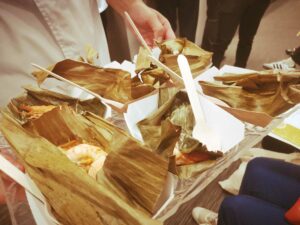
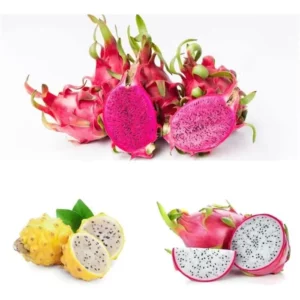
Icing on the cake, the pitahaya fruit is also commonly used in Ecuadorian folklore, most of the time prepared in vinegar preparation, coloring the liquid but even as topping for desserts. This is the case here for the revisited Crème Brûlée (pictured upon), imagined by the chef Maria Moreno, who developed it in a juicy shape with xanthan gum, adorned with pangora stone crab.
